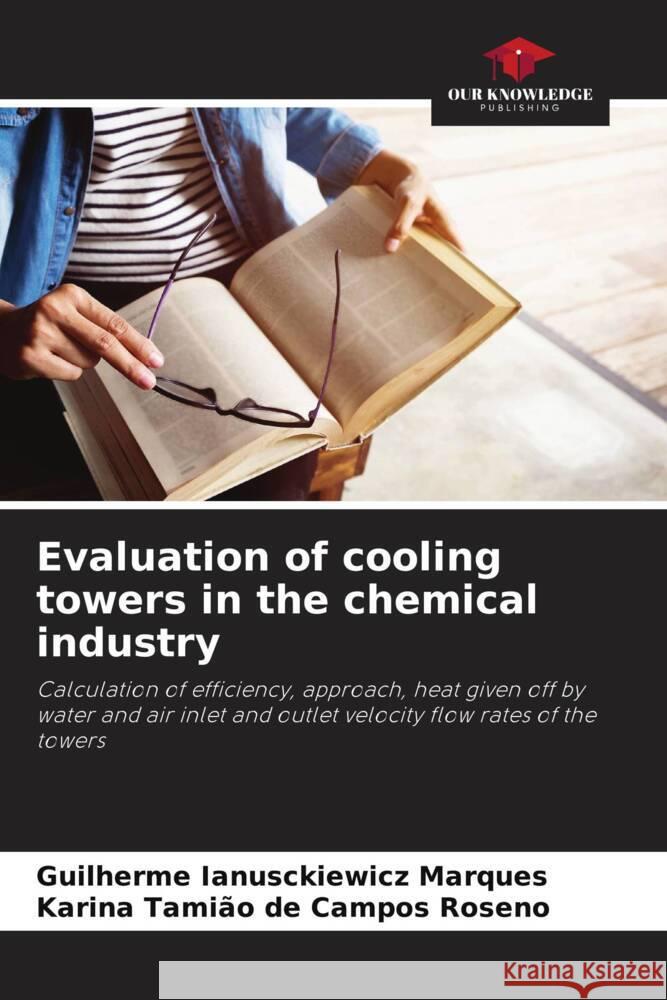Evaluation of cooling towers in the chemical industry » książka
Evaluation of cooling towers in the chemical industry
ISBN-13: 9786206885863 / Angielski / Miękka / 68 str.
In a chemical industry, cooling towers are important pieces of equipment in the heat exchange process. This continuously operating equipment is used to generate the transfer of mass and energy in the water cooling process. The aim of this study was to calculate the performance of two cooling towers, one with forced mechanical draft and the other with induced mechanical draft, used in the chlorine cooling process. Experimental studies were carried out to obtain data over fourteen days, with daily averages of four readings for each of the towers. Using the following measuring equipment: digital infrared laser thermometer, analogue dry bulb and wet bulb hygrometer and digital anemometer, the variables were obtained and the results of yield (%), approach ( C), heat given off by the water (kcal/h) and air speed (m/s) at the tower inlets and outlets were calculated. It can be concluded that both in terms of thermal efficiency and heat delivered by the water, the mechanical draft tower proved to be more effective than the induced draft tower. The approach analysis showed that both towers had total averages close to ideal.











